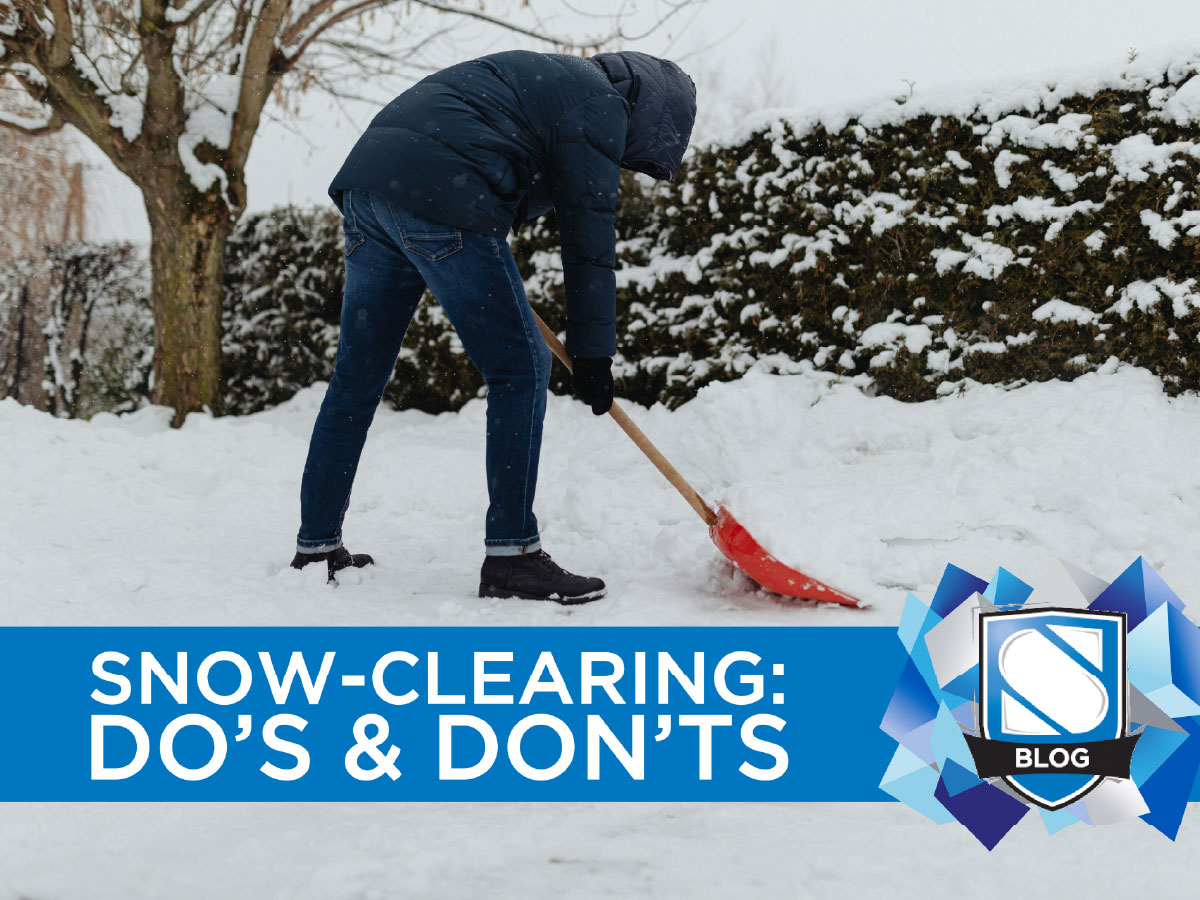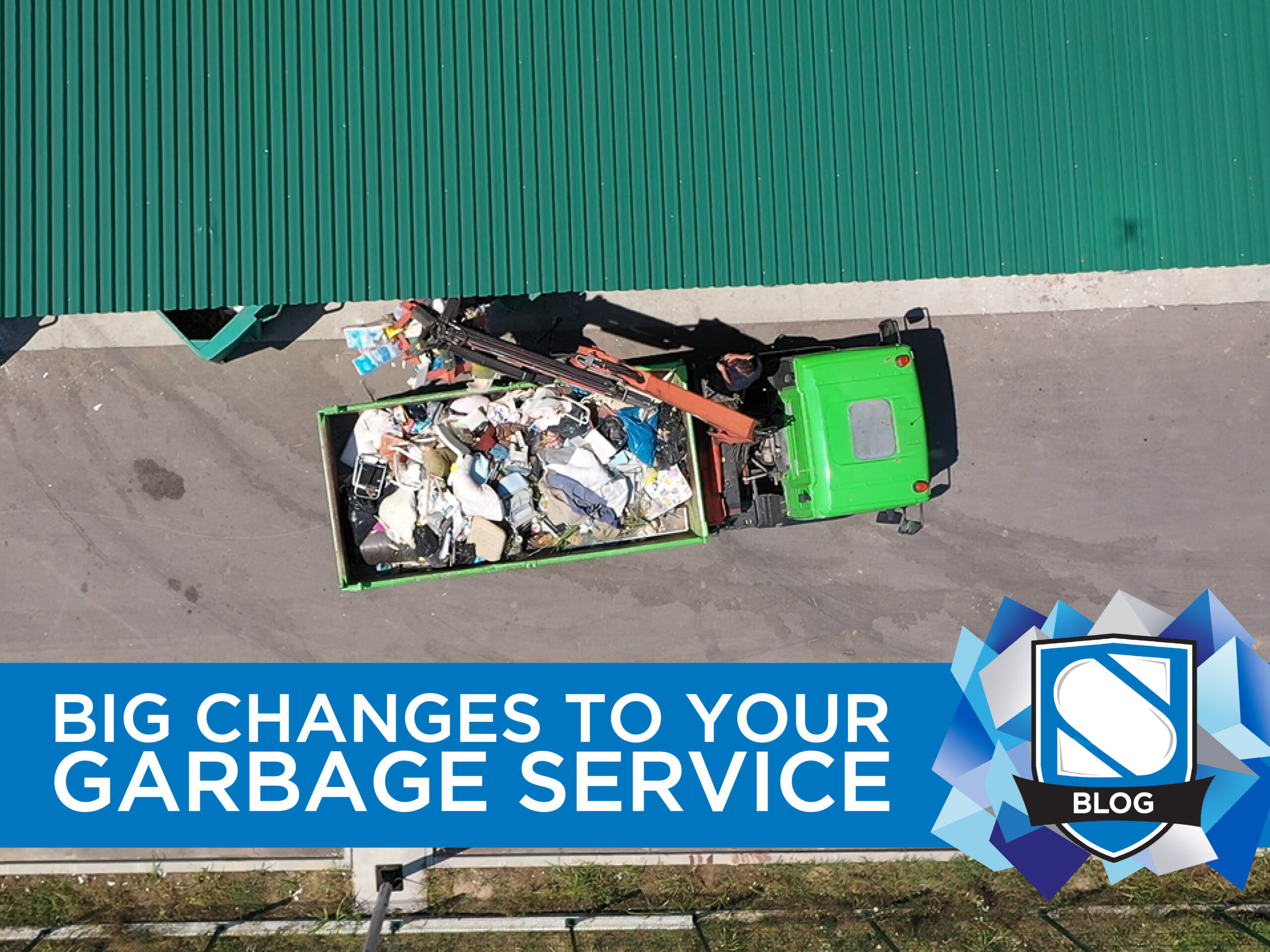Answer: False! The opposite is true. According MADD Canada, young drivers are most likely to be killed (32.4%) or injured (40.8%) in the summer, and are least likely to be involved in a car crash in the winter. However, the majority of these accidents, regardless of season, happen on weekends.
Did you get it?
Now for this post’s question!
At what temperature does salt alone become ineffective for melting ice & snow?
We’ll reveal the answer next time!
While Southern Ontario has been fortunate enough to enjoy some milder winter temperatures in previous years, the 2013-2014 winter season has given us more cold and snow than most of us could have imagined—it’s been a classic Canadian winter so far, the kind that the rest of the world likes to tease us about!
And while it may be fun to head outside (on a milder day, of course!) and build snowmen with the kids, it’s of critical importance for homeowners to ensure that the area around their home is safe and clear to traverse. No one wants a mountain of snow on their driveway, and it poses a safety hazard to your family and to mailmen or anyone else visiting your home.
Grab Your Mittens!
When you head out to clear your driveway and walkway, it’s important to move through the task strategically—you don’t want to end up shovelling the same section twice or make the job more difficult than necessary.
First, clear the path from your doorway to your driveway. This will provide ease of movement for both yourself and anyone else who needs to get to the front door.
Once you reach the driveway, take a look at how the area is laid out. If there’s a second path you might want to get through later—a gate to a backyard, or a side-path around the house, for instance—make a conscious, deliberate choice not to make a snow pile in that spot. If you’re afraid you’ll forget and need a reminder, clear a small indent right at the path as a visual reminder.
Freeing Your Vehicles
Before you tackle that driveway, grab your car keys and bring them out to the car. Clear a small path to your driver’s side door, and get inside to start the car. As much as we hear complaints about idling vehicles being bad for the environment, getting your car running for just a few minutes may save you ten or twenty minutes of being outside in the cold.
With the car running, crank the heat to full force (it will warm up, don’t worry!) and turn on the front and back defrost. Make sure you haven’t automatically locked your car door (that will create a whole other set of problems!) and get out. While you’re clearing the rest of the driveway, the car will heat up and begin melting snow and ice off the outside.
However, don’t shovel the immediate area around your car just yet!
Thinking Ahead
As you shovel, try placing the snow from your driveway back slightly from the edges. If you pile up snow along the driveway’s immediate edge, you risk wind blowing the snow back down onto your driveway, or having it tumble down as the pile gets higher—creating more work! And if your area receives another dumping of snow, you’ll have less room to work with—and a much more strenuous job ahead—when trying to clear the fresh snowfall out of the way.
When you come to the bottom of the driveway, only tackle those final few feet if the snow plows have gone by. If they haven’t come yet, shovelling this area will only double your workload, since the plows are notorious for pushing small snowbanks worth of snow in front of driveways.
Once you’ve cleared the main area, head back to your car turn it off. Brush the snow off your car, chip off any ice, and let it fall—after all, you haven’t shovelled here yet, so you can get everything removed at once when the car is clear. Be sure to clear off the top of the car too, so that blowing snow off your vehicle doesn’t blind the drivers behind you when you’re on the road.
Once the car is clear, go ahead and shovel the area around it.
Taking Extra Precautions
While the common way to melt a bit of snow and ice before or after clearing is to put down salt, we’re hearing more and more about salt’s negative effects both on the earth and other living creatures. Salt residue damages the soil around it, causing build-up (yes, like chemical fertilizers!) and leaching heavy metals that will eventually end up in the water supply. Salt can also cause burns on animal feet if it gets stuck between little paws.
An alternative to this is to seek out eco-friendly products, such as sugar beet by-products (which have been used on many Canadian roads
for years!). Sand, though messy, is another option, as well as birdseed. While birdseed won’t melt the snow or ice, it will provide traction—and a snack for hungry, cold critters!
If you do use salt, make a wise choice: Calcium chloride (CaCl) goes furthest, about 3 square yards per handful. Avoid sodium chloride (NaCl) as it may contain cyanide. Keep all salts away from landscaping and plants, to prevent damaging or poisoning them.
Heating From the Ground Up
If you’re finding that shovelling is taking a toll, and you have some leeway in your homeowner’s budget, perhaps consider installing an embedded system underneath your driveway surface. These systems use electric wires to heat your driveway from below, radiating heat upward. It will cost more in the long run—after all, you pay for the electricity every time it’s used—but it avoids the use of chemical or natural pollutants that endanger plants, pets, and the water supply.
Whatever you choose, be sure to dress warmly and stretch before heading out to take care of your driveway and walkway this winter. Use your knees to lift the snow, take breaks, and make the best choices for snow care for your family!














0 Comments